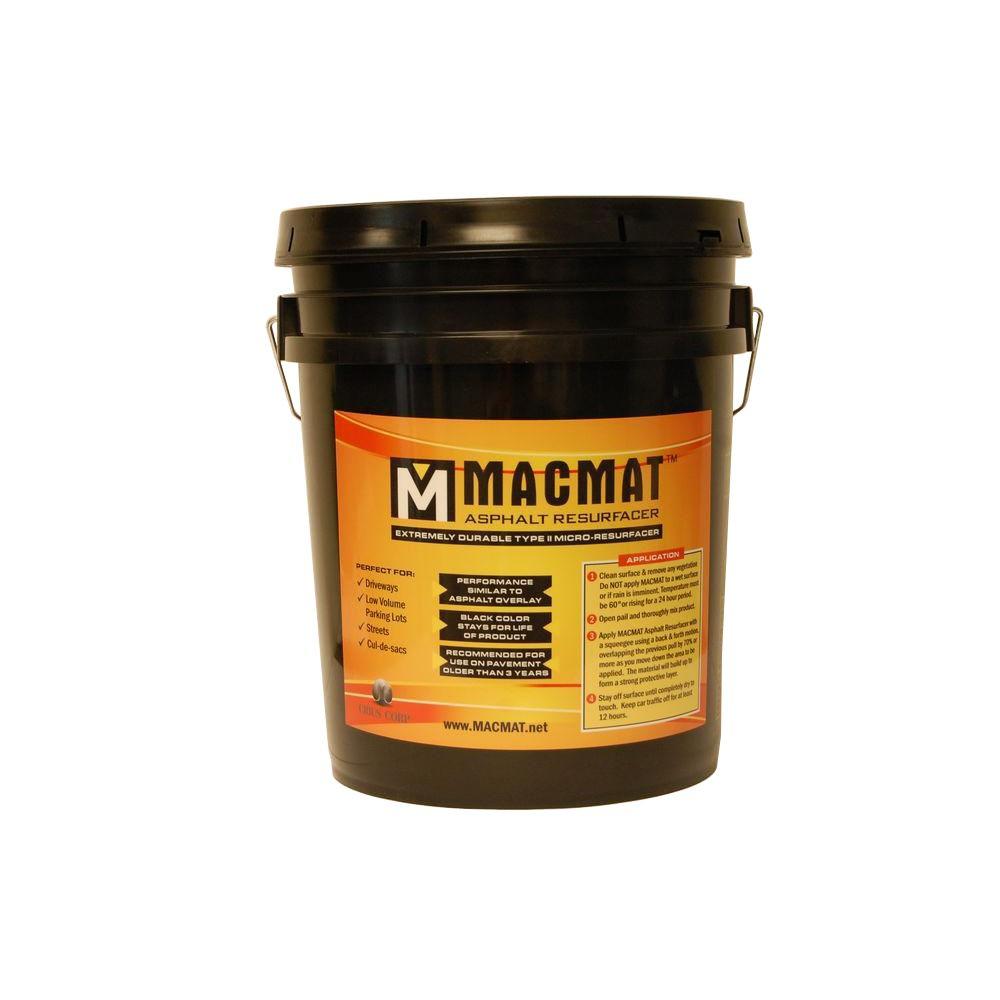
The application of all roofing systems during cold weather poses special concerns.
ASPHALT EMULSION HOME DEPOT PATCH
As with any substrate, if in doubt, perform a test patch to ensure proper adhesion of the primer. Any exudate on a roof prior to coating application should be thoroughly cleaned. This process, called “tobacco juicing,” is normal, and the exudate will generally wash off the roof after rainstorms. Asphalt roofs, such as built-up roofing (BUR), styrene-butadiene-styrene (SBS) and atactic polypropylene (APP) systems or modified bitumen membranes and granulated cap sheets, contain light oils, or exudate, that can leave a membrane soon after its application. The Roof Coatings Manufacturers Association (RCMA) recommends a few general guidelines regarding the application of primers. Again, check manufacturer recommendations before using a primer. Additionally, primer and surface coating or membrane applications should occur in rapid succession. And while primers work best on clean and dry surfaces, asphalt emulsions primers can be applied to damp but not wet surfaces. Specifically, only asphalt primers should be used with asphalt materials, such as modified bitumen products. Some substrates require an asphalt-based primer prior to the application of the membrane product. An essential first step before application is a quick inspection for debris, followed by necessary cleaning, as any surface containing dust or dirt will compromise the bond. A primer is never a substitute for proper roof coating or membrane preparation, as the substrate should be clean and dry before application. Generally, decisions about primer applications should not be made without consulting manufacturer requirements for the specific coating or substrate. This improves membrane performance over a wide range of temperatures and conditions. These primers are formulated with a rubber-modified bitumen and fast-evapourating solvents for quick drying, and enhanced membrane adhesion to a variety of substrates, such as gypsum, masonry, metal or concrete.

ASPHALT EMULSION HOME DEPOT MOD
Standard asphalt, mod bit and spray primers are solvent-based and intended to prepare roofing and wall surfaces prior to applying heat-welded membranes. What is an asphalt primer made of and how do its penetrating qualities help promote adhesion and ensure a firm, tough bond? Keep in mind that this article will focus on primers as they pertain to asphalt membrane applications, and more detail on the aforementioned circumstances follow below.


With this necessary information, a number of questions may come to mind, including, “Why do I need a primer?” A fair question, and thus, the purpose of this article - to help you make an informed decision about an essential part of the roofing and reroofing process. More importantly, the better the contact with the substrate, the better the primer’s performance. Priming the surface can be a critical step and is important for the best possible adhesion. Surfaces that require primer include concrete and masonry roof decks, and gypsum, block, brick, parapet walls and metal flashings. Roof primers come in many different forms so the type of primer used depends on some key circumstances, including the substrate, the weather conditions and the type of coating or membrane application. Similarly in commercial roofing, a primer is used as the first step in the application of a roof coating or membrane to aid in the proper bonding of the product to the surface. By definition, a primer comes first and serves as a base for what should follow - whether it’s attending the primary grades at the beginning of school, priming an engine to start or using a primer coat applied prior to painting a wall.


 0 kommentar(er)
0 kommentar(er)
